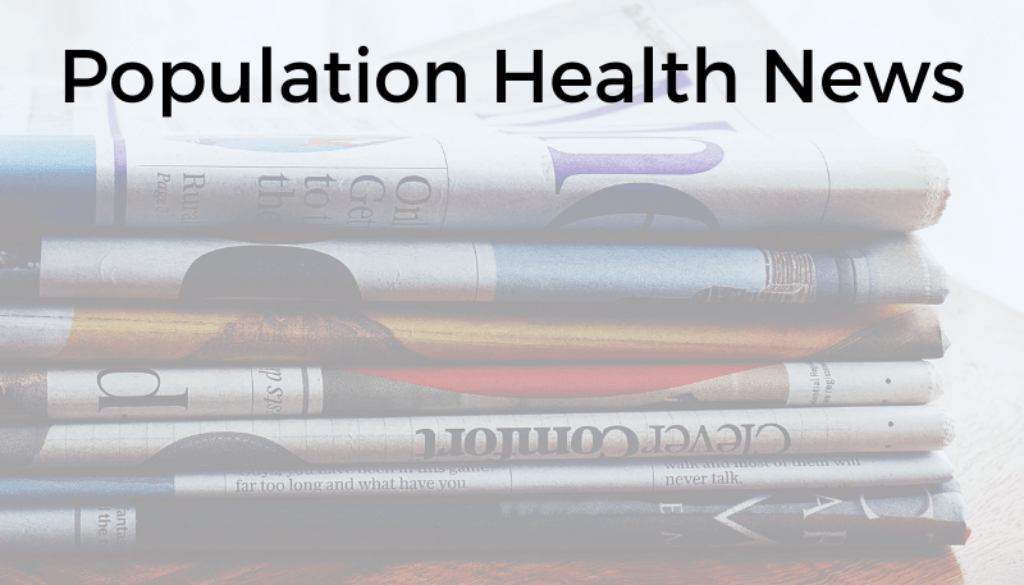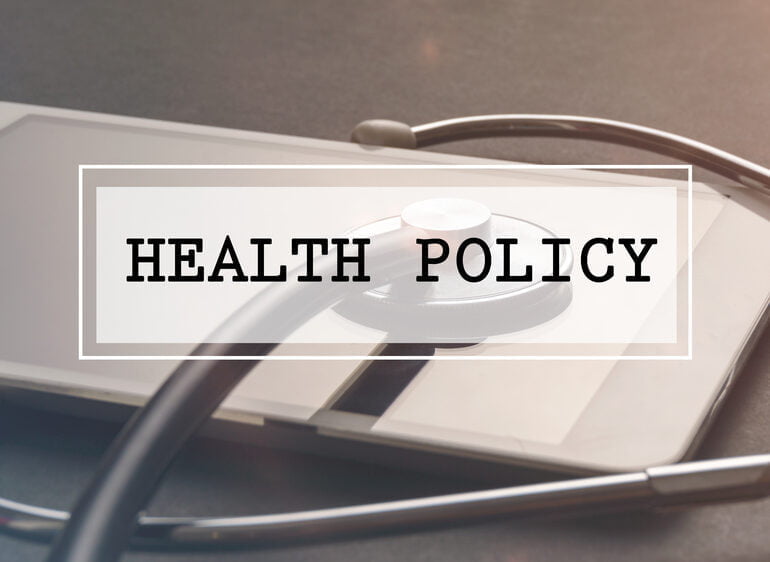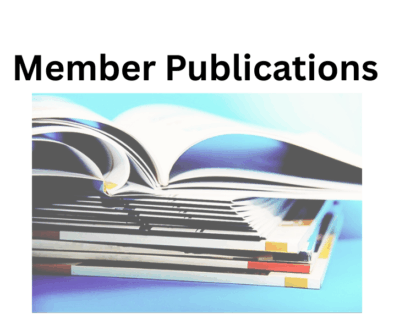Population Health News Roundup: June 2023
JoAnne DyerIAPHS Members in the News
Ana Diez Roux in the Annual Review of Public Health: “But a reinvigorated social epidemiology—one that embraces scientific rigor, comprehensive explanation, intellectual honesty, interdisciplinarity, and multiple methods and that does not shy away from the big problems of inequality, racism, and the consequences of economic and social systems—can shed light on the drivers of population health and pull away the veil that often masks the social production of disease so that we as a society can decide what to do about it.” (2022)
Sandro Galea in The Milbank Quarterly: In reflecting on the need for prevention in a post-COVID world, Galea calls for self-reflection, “a sharper center of prevention in concerns of health equity” as well as “a forward-looking prevention science” that addresses long-term concerns, not just urgent ones. (May 24, 2023)
Alexander Tsai in the Journal of Acquired Immune Deficiency Syndromes: “These findings suggest meaningful differences in antiretroviral therapy adherence and some HR-QoL [health-related quality of life] outcomes by health insurance coverage among young adults born to WLHIV [women living with HIV].” (January 1, 2023)
Jennifer Karaz Montez and Kent Jason G. Cheng in a Lerner Center brief: “Findings demonstrate that democratic erosion strongly predicts rising deaths from drug poisoning, infectious disease, suicide, and homicide.” (June 6, 2023)
Jaqueline Jahn and Stephanie M. Hernandez in AJPH: “We use the incisive article of Eisenberg-Guyot et al. as an example to structure a discussion on why bringing an analysis of power relations is important for health equity and how public health research can illustrate how capitalism operates alongside other systems of oppression.”
Health Equity and Disparities
Mortality risk is linked to workers’ labor and power: Male, racially minoritized, and less-educated people had higher mortality inequities. “Mortality risk was especially high for unemployed, blue-collar, and service workers.” (AJPH May 17, 2023)
The MASALA study disaggregates data to look at South Asian health disparities: South Asians experience high rates of heart disease, diabetes, and high blood pressure, and they “store fat differently than other groups in the U.S.” (SF Gate, May 17, 2023)
Ambulance access varies, creating ambulance deserts: Four and a half million people in America live in an ambulance desert, with 52% of those in rural counties. (Rural Health Research Gateway, May 2023)
Transgender healthcare access disparities: Young “transgender females consistently experienced the most barriers to care.” Transgender Black and Latinx young women experience larger barriers than do “transgender males and nonbinary youth of other races/ethnicities.” (Boston University School of Public Health, June 2, 2023, from a study in Prevention Science.)
Environmental Health & Justice
Marine pollution is more harmful to marginalized groups: And policies and management strategies sometimes make existing inequities worse. (“Towards an Equitable Approach to Marine Plastic Pollution,” Report from Ocean Nexus, November 2022)
In Chesapeake Bay, environmental disparities abound: “[U]rban and rural areas face greater challenges than suburban areas under the environmental justice index, which includes social vulnerability, environmental burdens — such as air and water quality — and health vulnerability, such as underlying conditions like asthma or diabetes.” (PBS News Hour, June 6, 2023)
Built Environments, Spaces, and Places
Washington State’s heat wave caused excess deaths: An unusual heat wave in 2021 caused 159 excess injury deaths. Global warming may make these scenarios more common, and planning is needed to protect the Pacific Northwest from future heat waves. (AJPH, May 17, 2023)
Parks are a public health boon, though disparities in access still exist: Parks promote physical, mental, and environmental health, though people of color and people in lower-income ZIP codes are less likely to have a park close by. The Trust for Public Land is working on the 10-Minute Walk Program, helping cities to ensure parks within a 10-mile walk of all residents. (Trust for Public Land Report, May 24, 2023)
Policy & Programs
New SNAP work requirements may become a serious problem: The debt ceiling crisis was averted, but the SNAP work requirements for Americans aged 50-54 will leave many people struggling. This age group is especially vulnerable to worsening health and disability. (Can We Still Govern? Substack, Pamela Herd, May 30, 2023)
Mass incarceration in the US is contributing to falling life expectancy: The US puts more people behind bars for longer periods of time, and “incarcerated people may be more susceptible than the general population to infectious diseases such as covid and HIV.” Conditions in prison also contribute to health declines and mortality. (KFF Health News, April 27, 2023)











All comments will be reviewed and posted if substantive and of general interest to IAPHS readers.